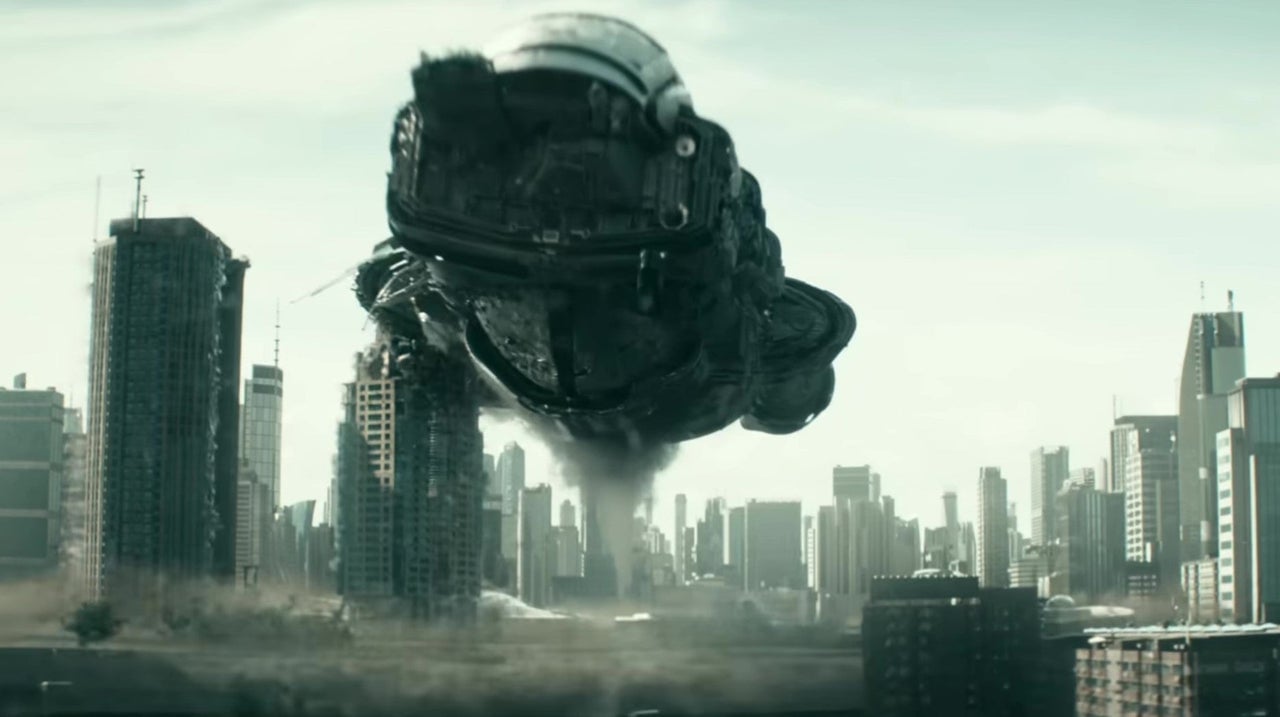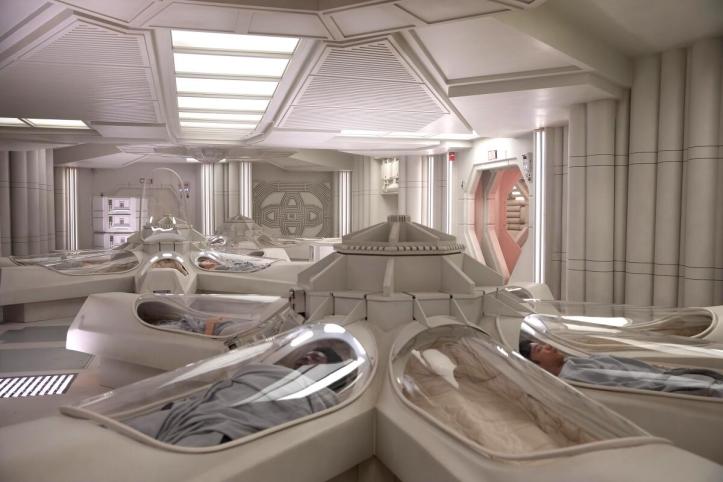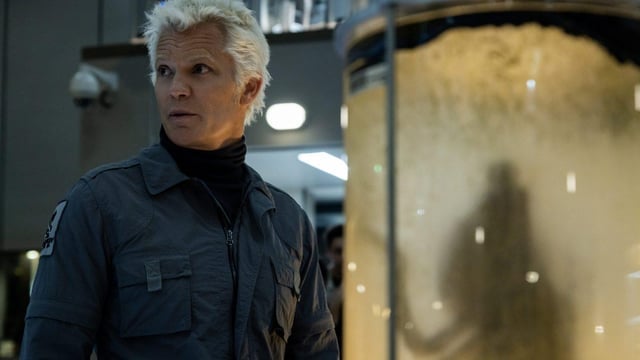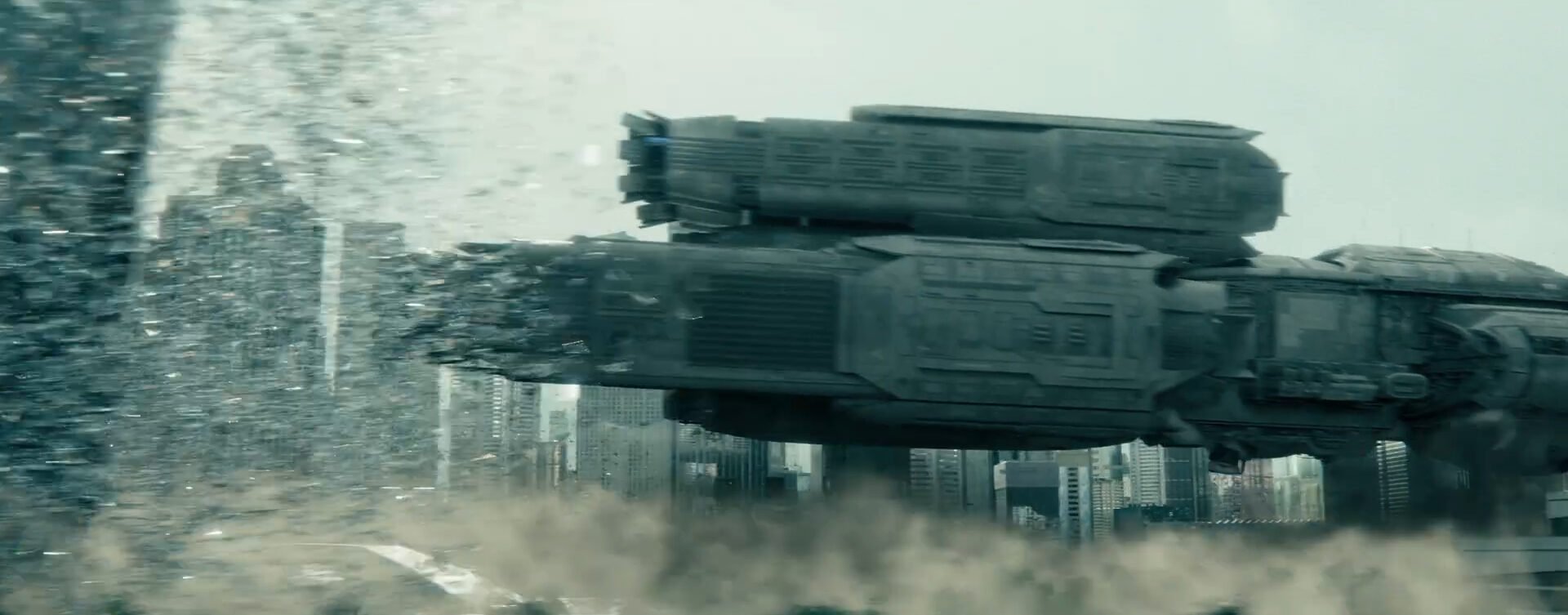The USCSS Maginot is responsible for a whole lot of misery, but that’s because it does exactly what most ships in the ALIEN world do: crash.
I mean really. Over the course of more than a dozen movies (if you count the AVP franchise, which I do), and video games, and now Alien: Earth, how many successful landings have there been? Most ships designed by Weyland-Yutani seem destined to crash. Or blow up. Or get infested with Xenomorphs. That latter one you can’t really help—and it might be why they crash. But we can’t be certain.
All that we DO know is that the C-Class Research Vessel, the USCSS Maginot was sent on a 65 year mission to recover alien specimens from somewhere deep in space. And you know, I think if Weyland-Yutani hadn’t been trying to cut corners to maximize shareholder returns, the whole Alien: Earth series might not even have happened.
USCSS Maginot: Design and Capabilities
One thing we do know about the USCSS Maginot, registration #531250631 is that it was fairly massive. With a displacement value of something like 125,000,000 tonnes, the ship cut a sizable berth when lifting off and landing. Well. It might have been good at landing, we will never know.
However, as a deep space vessel, the Weyland-Yutani C-Class ship was equipped with all the usual bells and whistles. Powerful thrusters, presumably forerunners to the Rolls-Royce N66 Cyclone thrust engines that powered the Nostromo; an MU/TH/UR – “Mother” artificial intelligence system allowing for rapid communication with Earth. Hypersleep chambers enough to accommodate a sizable crew.
The Maginot also had a state of the art containment system, that was designed to keep safe the biological specimens it had been sent to retrieve. All of these systems had to be designed with resilience in mind. Because the ship’s mission was a 65 year return trip mission. Venture out into space, collect samples, and return, all without refuel or resupply. Cutting corners at any stage, say with the communications system, or skimping on the ship’s containment unit, or even the autopilot controls and ability to burn fuel at the proper amount, would surely lead to a disaster.
But presumably the executives at Weyland-Yutani who authorized the mission wouldn’t have allowed corporate greed to recklessly endanger human lives – certainly not because Weyland-Yutani values its mission more than its employees. I mean if that were true, one might think that Weyland-Yutani saw its human resources as expendable ones.
Weyland-Yutani’s Corporate Greed and Callous Disregard of Human Life Screws Everyone Over YET AGAIN
With a Mother system, the ship’s communications array and logs should have been available. This would have made it easy for folks at home to track and monitor the ship. Likewise, it should have made it easy for the ship’s autopilot system to be alert to any danger. Naturally, the comms and comms logs were corrupted (and which corporation do you think was behind that?) The ship was burning too much fuel.
Which is why, with the USCSS Maginot four months from home, the crew was awakened from stasis. There were problems all over, but rather than letting one of the crew members investigate, security was sent instead. Some of the crew returned to stasis for the final leg of the journey to save on resources. But it still meant that when the Maginot’s containment system suffered a breach (and who could say why)? There were fewer people to contend with thanks to the released specimens.
Over the course of the return to Earth, the ensuing containment breach meant the ship was damaged. A crash landing became unavoidable. Though again, can any Weyland-Yutani ship land? And this inevitable crash was spectacular. The Maginot not only clipped an orbital structure near the Moon, it also crashed hard into Prodigy City in New Siam. That allowed its specimens to further escape “containment.”
What else could possibly go wrong?
Don’t Miss:
Read more at this site




